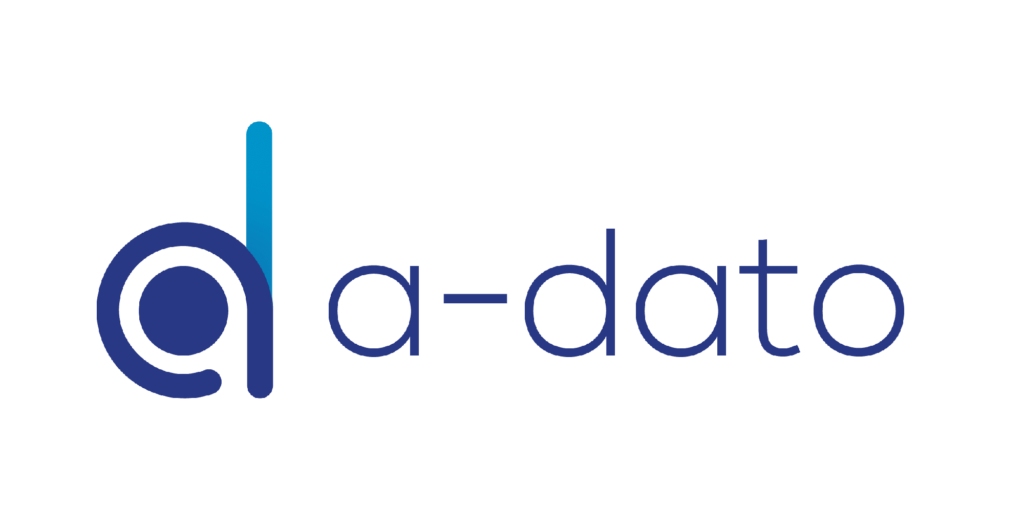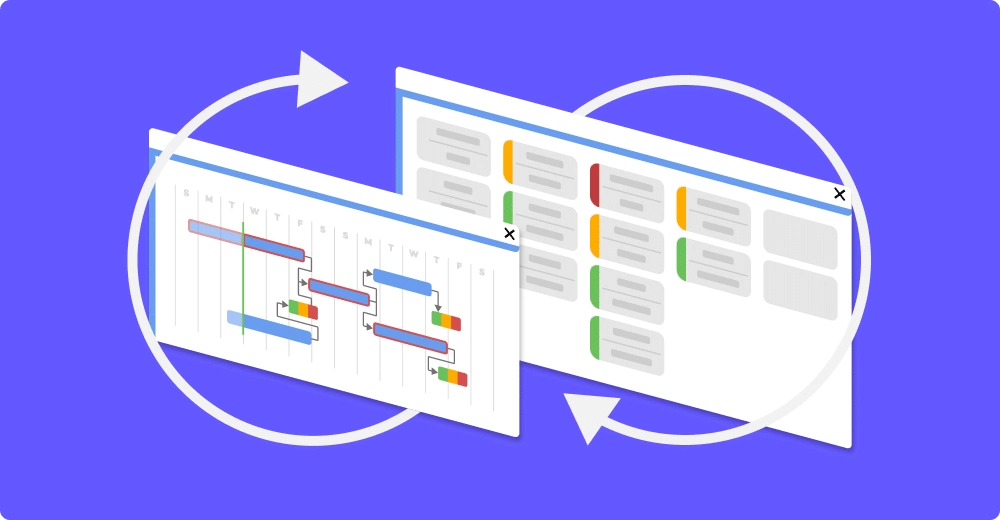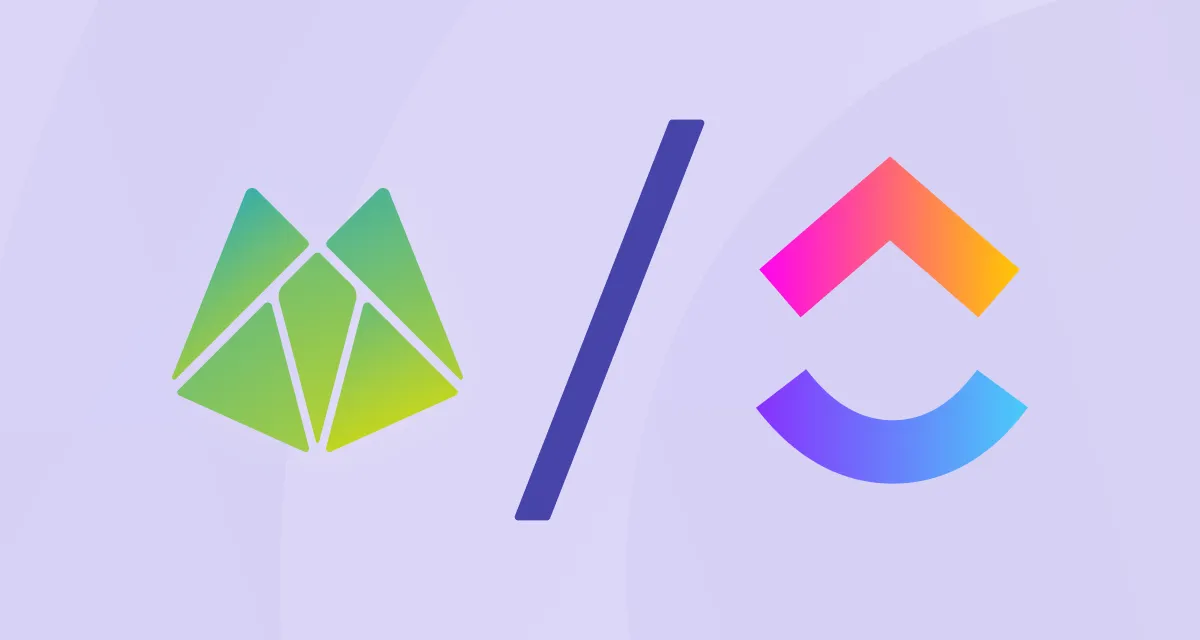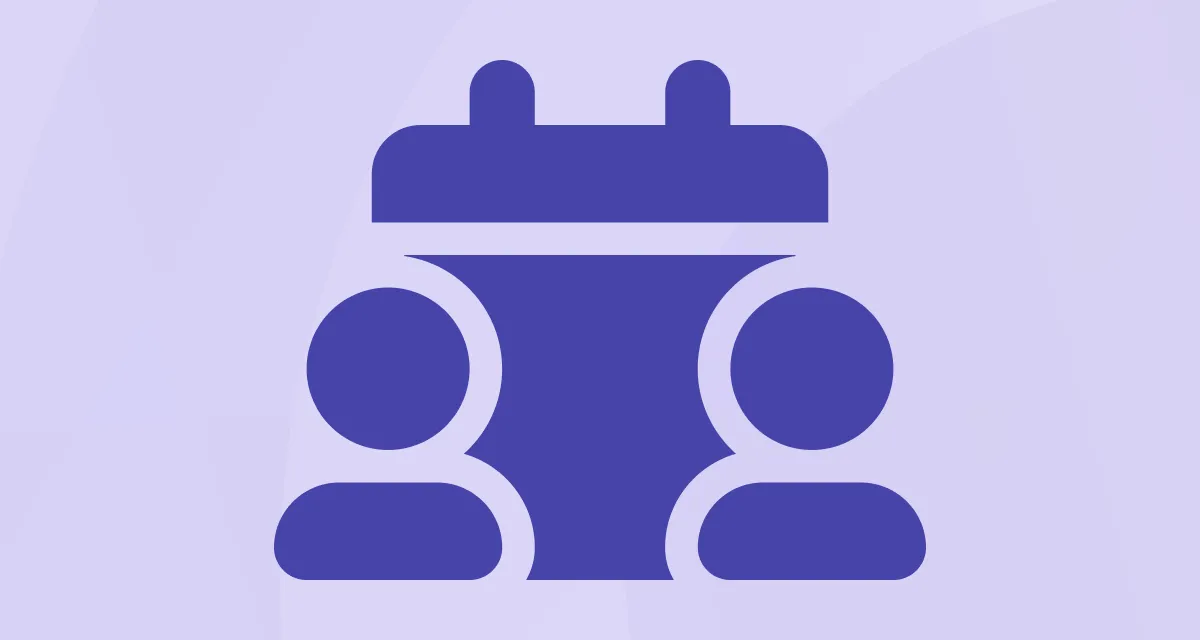If you’re exploring tools for hybrid project management, chances are you’ve come across Wrike and LYNX. Both platforms offer robust capabilities for managing complex projects, resources, and teams, but they’re built for very different kinds of environments.
In this comparison, I’ll walk you through what each tool offers, how they differ, and which might be better for your team’s structure, style, and strategy.
Table of contents:
- What is Wrike?
- What is LYNX?
- Wrike vs. LYNX at a glance
- LYNX is designed for flow and constraints; Wrike shines in flexibility
- Wrike has broader features for marketing and creative teams
- LYNX is better for project-based industries and multi-skill resource management
- Wrike offers a cleaner UI; LYNX supports deeper scheduling logic
- Both tools support Agile workflows
- LYNX offers Critical Chain; Wrike offers native Gantt + Kanban
- Wrike vs. LYNX: Which should you choose?
What is Wrike?
Wrike is a cloud-based collaborative work management platform that helps teams streamline work across departments. Founded in 2006, it has grown into a popular choice for marketing, creative, and product teams seeking customizable project views, strong task management, and intuitive workflows.
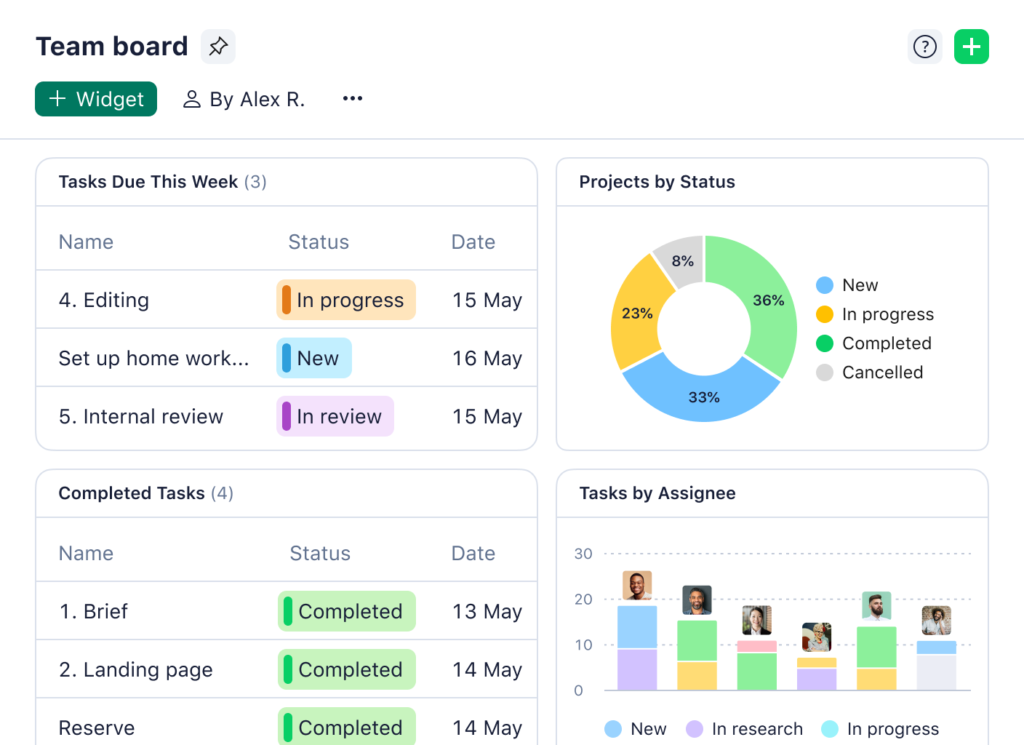
Key features include:
- Dynamic request forms
- Gantt charts and Kanban boards
- Time tracking
- Proofing for creatives
- Real-time collaboration
- Custom dashboards and reports
Wrike is part of Citrix (now Cloud Software Group) and is used by teams ranging from startups to global enterprises.
What is LYNX?
LYNX is a purpose-built hybrid project management platform developed by A-dato. It stands out by combining Critical Chain Project Management (CCPM), Agile, and strategic portfolio planning, all within a single ecosystem designed to create flow across the organization.
Key capabilities include:
- Portfolio and scenario planning
- CCPM with buffer management
- Multi-skill resource scheduling
- Task and card views
- Fever charts, PERT, and Gantt options
- Jira integration for Agile teams
LYNX is used heavily in engineering, manufacturing, and consulting environments where managing uncertainty, resource conflicts, and priorities is key.
Wrike vs. LYNX at a glance
| Feature | Wrike | LYNX |
|---|---|---|
| Ease of Use | ⭐⭐⭐⭐⭐ Modern, intuitive UI | ⭐⭐⭐⭐ Requires onboarding for depth |
| Resource Management | ⭐⭐⭐⭐ Basic allocations | ⭐⭐⭐⭐⭐ Advanced multi-skill logic |
| Hybrid/Agile Features | ⭐⭐⭐⭐⭐ Full Agile support | ⭐⭐⭐⭐⭐ Agile, Kanban, and CCPM |
| Portfolio Planning | ⭐⭐⭐ Good for campaigns | ⭐⭐⭐⭐⭐ Strategic with scenarios |
| Critical Chain Support | ❌ Not available | ⭐⭐⭐⭐⭐ Core capability |
| Integration | ⭐⭐⭐⭐⭐ 400+ tools | ⭐⭐⭐⭐ Jira, Excel, Tableau, etc. |
| Pricing | ⭐⭐⭐⭐ From $9/user/mo | ⭐⭐⭐⭐ Free to €325/mo tiers |
| Best For | Creative/product teams | Project-intensive environments |
LYNX is designed for flow and constraints; Wrike shines in flexibility
LYNX uses CCPM to minimize multitasking, protect timelines with buffers, and align teams on what matters most. It’s particularly effective in engineer-to-order, R&D, and consulting environments where resource conflicts are common.
Wrike, on the other hand, gives you the freedom to design workflows however you like. That means it’s great if you’re looking for visual task boards, request forms, or campaign tracking across marketing or product teams.
If you’re aiming for high resource throughput, LYNX may be better. If you’re optimizing for fast setup and flexible teams, Wrike may win.
Wrike has broader features for marketing and creative teams
Wrike includes creative approval tools, dynamic request forms, and strong collaborative editing features. It also offers proofing, branded workspaces, and asset management that makes it ideal for marketing or design workflows.
LYNX doesn’t focus on these areas. Instead, it goes deep on project throughput, bottleneck management, and resource capacity.
LYNX is better for project-based industries and multi-skill resource management
LYNX allows resource scheduling based on skills across multiple teams and projects. This is vital in organizations where people switch between projects or where resource availability directly impacts delivery timelines.
Wrike supports basic workload charts and time tracking, but it doesn’t offer the same level of skill-based planning.
Wrike offers a cleaner UI; LYNX supports deeper scheduling logic
Wrike’s modern interface makes onboarding easier, and it has plenty of tutorials, templates, and automations to get started quickly.
LYNX has a steeper learning curve, but it offers advanced scheduling capabilities like Release Wizards, fever charts, and the PERT-Gantt switch that experienced project managers will appreciate.
Both tools support Agile workflows
Wrike provides native support for Scrum, Kanban, and Agile dashboards. You can set up sprints, velocity charts, and even use templates for Agile ceremonies.
LYNX integrates Agile and Kanban into its ecosystem, while also offering unique combinations with CCPM. Teams can operate in hybrid modes while keeping organizational priorities aligned through LYNX’s 3-layered structure: Stage > Timeline > Tasks.
LYNX offers Critical Chain; Wrike offers native Gantt + Kanban
LYNX is one of the only hybrid PM tools that implements Critical Chain Project Management. This means:
- Task durations are entered as “expected time”
- Projects include buffers to absorb variation
- Progress is tracked via “fever charts”
Wrike, while lacking CCPM, supports a classic Gantt view and Kanban boards, which makes it easier for marketing/product workflows but less tailored to environments with high uncertainty and shared resources.
Wrike vs. LYNX: Which should you choose?
If you want a flexible, visually intuitive platform that scales across marketing, product, and creative teams, Wrike is a solid choice. It’s easier to learn, faster to implement, and offers powerful collaboration features.
But if you work in project-intensive environments where deadlines depend on effective resource planning, synchronized priorities, and real-time progress control, LYNX may be a better fit. Its CCPM foundation, buffer management, and scenario planning capabilities offer a level of project discipline that Wrike doesn’t aim to provide.
In short:
- Choose Wrike if you need speed, collaboration, and cross-team alignment.
- Choose LYNX if you need throughput, reliability, and high-leverage scheduling.
Bonus tip: Both tools are evolving quickly. LYNX is exploring AI-assisted planning and predictive buffer alerts, while Wrike continues to invest in real-time collaboration and workflow automations. So your choice might also depend on which roadmap better fits your organization’s future.
